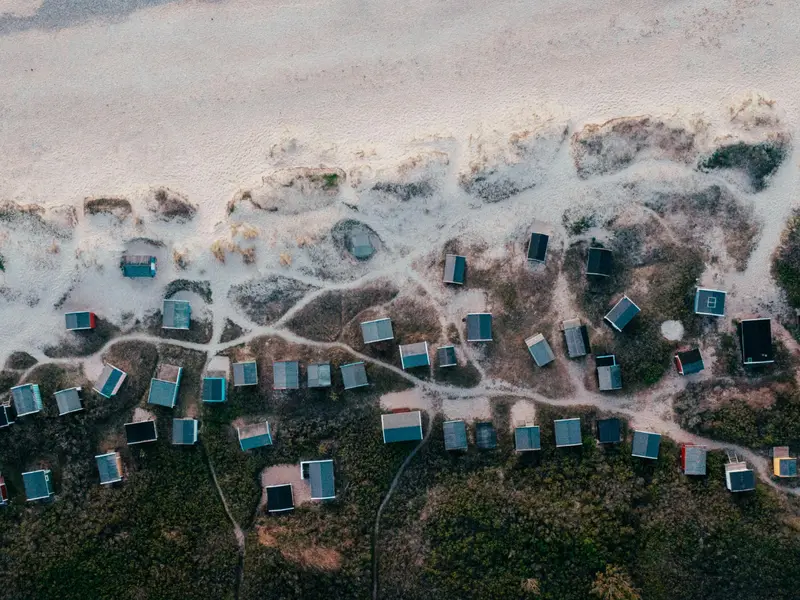PORTLAND, Ore. – A swarm of earthquakes off the Oregon coast this week has reignited long-standing fears of a catastrophic event along the Cascadia Subduction Zone — a seismic fault capable of unleashing a magnitude 9 earthquake and a massive tsunami that could devastate the Pacific Northwest.
A Flurry of Quakes Raises Alarm
Between Monday night and Tuesday morning, the U.S. Geological Survey (USGS) recorded more than a dozen earthquakes in the Pacific Ocean off Oregon’s coast. The strongest measured 5.8 magnitude, followed by a series of aftershocks above 2.5 magnitude.
The epicenters were located along the Cascadia Subduction Zone, where the oceanic Juan de Fuca Plate is forced beneath the North American Plate. Stretching more than 600 miles (1,000 kilometers) from northern Vancouver Island to northern California, this fault system is considered one of the most dangerous in the world.
Also Read
The seismic swarm extended into Northern California, where half a dozen smaller quakes around magnitude 2.5 were detected near the San Andreas Fault. While relatively minor, the activity highlights the region’s vulnerability, with two of North America’s most notorious fault lines jolted within the same timeframe.
The History of Cascadia’s “Big One”
The Cascadia Subduction Zone has a violent geological history. Its last major rupture occurred in January 1700, producing a magnitude 9 quake that triggered a devastating tsunami, recorded in both Indigenous oral traditions and written records in Japan.
Scientists say the recurrence interval for such megathrust earthquakes ranges from every 250 to 500 years. That means the region is now considered overdue for another “Big One.”
Recent studies comparing Cascadia to Japan’s Nankai Trough — another dangerous subduction zone — suggest that Cascadia’s “quiet” behavior may hide enormous amounts of locked energy. If suddenly released, it could generate one of the largest earthquakes in human history.
What Happens If a Megaquake Strikes
If Cascadia ruptures in a full-scale magnitude 9 earthquake, scientists warn the effects would be apocalyptic for parts of the Pacific Northwest.
-
Ground shaking: Entire cities from Portland to Seattle could endure several minutes of violent shaking, collapsing buildings, bridges, and critical infrastructure.
-
Tsunami: Within minutes, a 100-foot wall of water could slam into the coasts of Oregon, Washington, northern California, and Vancouver Island. Some areas would be wiped clean of structures, while others would gradually sink as land subsides by as much as eight feet.
-
Widespread losses: The Federal Emergency Management Agency (FEMA) estimates the death toll could exceed 13,000 people — 5,800 from the quake and another 8,000 from the tsunami. More than 100,000 people could be injured, with $134 billion in economic losses.
Professor Tina Dura, a geoscientist at Virginia Tech and lead author of a recent study on Cascadia, put it bluntly: “This is going to be a very catastrophic event for the U.S., for sure. The tsunami is going to come in, and it’s going to be devastating.”
Why the West Coast Pays Attention
The West Coast’s vulnerability is compounded by geography. The region consumes nearly as much energy as it produces, leaving little room for error when disruptions occur. Unlike the Gulf Coast or Texas, which have vast oil and natural gas reserves, the Pacific Northwest relies heavily on imported fuels and infrastructure clustered in earthquake-prone zones.
Scientists note that Cascadia doesn’t provide many obvious warning signs. Unlike California’s San Andreas Fault, which produces frequent small quakes that release pressure, Cascadia often lies silent. That silence is troubling, as it may indicate stress is building rather than dissipating.
Preparing for the Inevitable
Emergency planners in Oregon and Washington have long warned that preparedness is key. FEMA and state agencies have urged residents to stock emergency supplies, create evacuation routes, and be ready to survive without outside assistance for at least two weeks following a major event.
Coastal towns have invested in tsunami evacuation towers, elevated shelters, and public drills. Yet officials admit the scale of destruction predicted by scientists is beyond anything the region has ever experienced.
“People need to understand this isn’t about if — it’s about when,” one emergency management official said.
A Community on Edge
For now, the string of recent earthquakes serves as a sobering reminder of the Pacific Northwest’s seismic reality. While none of the tremors caused damage or injury, experts say they underscore the urgent need for preparedness and awareness.
The sight of dozens of quakes in less than 12 hours may not mean the “Big One” is imminent, but they highlight the fragility of living along a fault line with a catastrophic past and an uncertain future.
As FEMA has warned, when Cascadia does eventually rupture, the U.S. will face a disaster of historic proportions — one that could reshape the coastline, devastate communities, and alter life in the Pacific Northwest for centuries to come.












